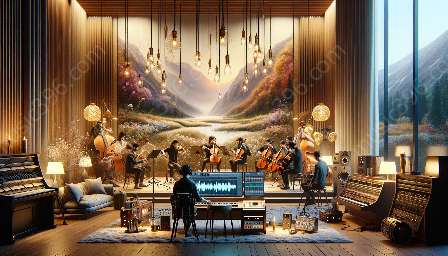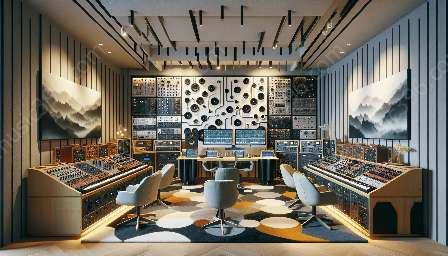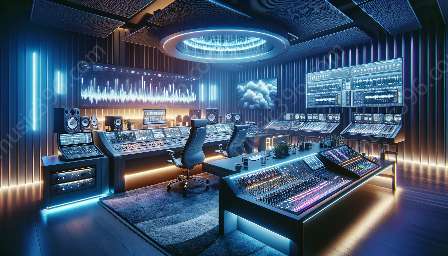Electronic music is a diverse and complex genre that relies heavily on texture and timbre to create unique sonic experiences. In this topic cluster, we will explore the fundamental concepts of texture and timbre, their significance in electronic music, and how they can be analyzed using music theory and music analysis.
The Role of Texture in Electronic Music
Texture in music refers to the interplay of different musical elements, including rhythm, melody, harmony, and timbre, to create a sonic landscape. In electronic music, texture plays a crucial role in shaping the overall sound and emotional impact of a piece. By manipulating the arrangement and layering of sound elements, electronic music producers can create rich and immersive textures that captivate the listener.
Types of Texture in Electronic Music
Electronic music encompasses a wide range of textures, from sparse and minimalistic to dense and complex. Some common types of texture found in electronic music include:
- Monophonic Texture: Featuring a single melodic line or voice, often found in synthesizer-driven electronic music.
- Polyphonic Texture: Involving multiple independent melodic lines or voices, commonly heard in ambient and experimental electronic compositions.
- Homophonic Texture: Characterized by a single dominant melodic voice supported by harmonies, frequently used in electronic dance music (EDM).
- Heterophonic Texture: Involving multiple variations of a single melodic line, creating a sense of variation and movement in the music, often found in glitch and IDM (Intelligent Dance Music).
- Textural Transformation: Utilizing electronic effects and processing to morph and manipulate the sonic qualities of the music, leading to intricate and evolving textures.
The Significance of Timbre in Electronic Music
Timbre, often referred to as the

































